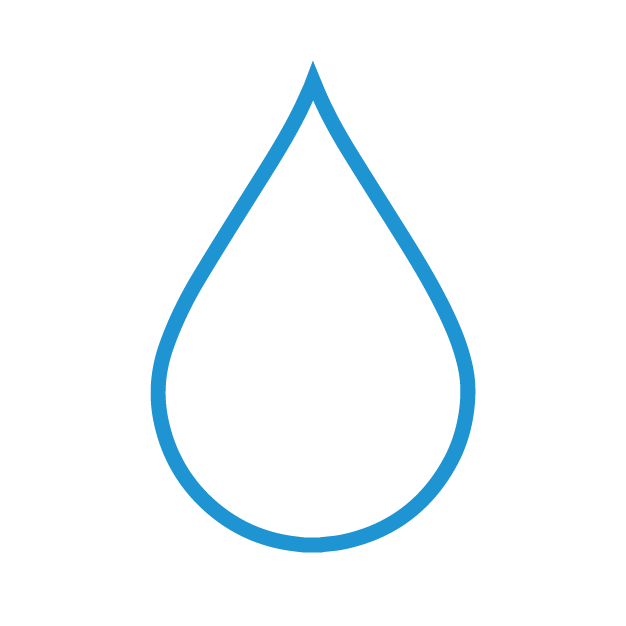Water Damage & Property Restoration in Issaquah, South Sound
In a hurry? Call us:
(253) 259-3377Water, Fire & Mold Damage Don't Stand a Chance Against Us!8
All Services
Complete your fire, mold, or water restoration in three easy steps:
STEP
1Expert Help Is One Call Away
STEP
2We'll Assess Damages and Advise
STEP
3Restore Your Life Back to Normal

A Restoration Company That Gets Things Back to Normal
(253) 259-3377Local Blog
- Learn More
Mitigating Fire and Smoke Damage: What Happens after the Fire?
If your home or business was on fire unexpectedly, you may be confused on what your next steps should be to fix the situation. The fire department has put out the flames, but your property remains d...
- Learn More
The Dangers of DIY Water Damage Repair: What Homeowners Often Overlook
Water damage strikes unexpectedly, wreaking havoc on homes and properties. When faced with the aftermath of a leak, flood, or burst pipe, homeowners may feel tempted to take matters into their own han...
- Learn More
Dealing with Smoke Odor After a Fire: Why It's Harder to Eliminate Than You Think
When a fire strikes your home or business, the visible damage is often only the beginning. While burnt materials, soot, and charred structures are glaring reminders of the incident, smoke odor is a pe...
- Learn More
A Guide to Preventing and Restoring Burst Pipes
A burst pipe causes significant damage to your home or business and leads to expensive repairs and major disruptions. Understanding how to prevent this issue, what immediate actions to take, and the l...
- Learn More
Understanding Water Extraction Services: What They Are and How They Work
Water damage is often devastating for homeowners and businesses alike. Whether caused by flooding, a burst pipe, or a malfunctioning appliance, excessive water in your property leads to costly damage....
- Learn More
Essential Home Maintenance Tips to Prevent Water Damage
Home South Sound Blog Restoration 1 of South Sound – Preparing for Fall: Essential Home Maintenance Tips to Prevent Water Damage Restoration 1 of South Sound – Preparing for Fall: Essential Home Main...
- Learn More
Understanding Mold: How to Spot, Treat, and Prevent Mold Growth in Your Home
Attics: Roof leaks and condensation lead to mold growth in attics . Laundry Rooms: The combination of heat and moisture from washing machines and dryers fosters mold. Health Risks Associated with Mo...
- Learn More
Equipment Used During Fire Damage Cleanup and Restoration
Home South Sound Blog Equipment Used During Fire Damage Cleanup and Restoration Equipment Used During Fire Damage Cleanup and Restoration Posted on July 19, 2024 4 min read When a fire wreaks havo...
- Learn More
What Are Normal Foundation Cracks & When to Worry
Home South Sound Blog What Are Normal Foundation Cracks and When Should I Worry? What Are Normal Foundation Cracks and When Should I Worry? Posted on July 19, 2024 3 min read Foundation cracks are...
- Learn More
Mold Prevention: Tips for Keeping Your Home Mold-Free in Seattle's Damp Climate
Home South Sound Blog Mold Prevention: Tips for Keeping Your Home Mold-Free in Seattle’s Damp Climate Mold Prevention: Tips for Keeping Your Home Mold-Free in Seattle’s Damp Climate Posted on June 5...
- Learn More
Signs of Water Damage in Your Home: Early Detection and Effective Restoration Solutions
Home South Sound Blog Signs of Water Damage in Your Home: Early Detection and Effective Restoration Solutions Signs of Water Damage in Your Home: Early Detection and Effective Restoration Solutions ...
- Learn More
Restoration or Reconstruction? Signs You May Also Need Reconstruction Services
When disaster strikes your home or commercial property, deciding whether you need restoration or reconstruction services is a critical first step toward recovery. The degrees of damage vary widely fro...
- Learn More
Understanding Crawlspace Encapsulation: Protecting Your Home from Moisture and Mold
Are you familiar with the term “crawlspace encapsulation?” If you own a home in the Seattle area, especially one with a crawlspace, understanding this service could be vital to maintaining your proper...
- Learn More
How Commercial Restoration Services Differ From Residential Services
When it comes to restoration services, the needs of commercial and residential properties differ significantly. When faced with property damage, either commercial or residential, it’s important to kno...
- Learn More
How Restoration 1 of South Sound Helps After Sump Pump Backup
Homeownership comes with its fair share of responsibilities, and one issue that easily catches many homeowners off guard is a sump pump backup. The Seattle area, known for its heavy rainfall, is parti...
- Learn More
Step-by-Step Guide to Sewage Remediation and Cleanup
Sewage backups are a nightmare for homeowners, causing not only significant property damage but also posing serious health risks. Knowing how to handle the situation promptly and effectively is crucia...
- Learn More
Signs You Have Mold In your Attic
Mold in the attic is a common issue that many homeowners may not be aware of until it becomes a more significant problem. Understanding the signs of mold early on can save you from costly repairs and ...
- Learn More
How to Get Rid of Black Mold in Vents
Have you ever turned on your AC only to notice a funky, musty smell coming from your vents? Or maybe you’ve experienced unexplained allergies or respiratory issues that seem to worsen when you’re indo...
- Learn More
The Hidden Dangers of Sewage Backup in Your Home
Seattle, known for its stunning landscapes and vibrant culture, isn’t immune to the perils of sewage backups that wreak havoc on homeowners. While sewage backups may not be a topic most people want to...
- Learn More
DIY vs Professional Water Damage Cleanup
Water damage strikes unexpectedly, wreaking havoc on homes and causing stress for homeowners. The immediate response to water damage is crucial. A key decision that homeowners face is whether to tackl...
- Learn More
The Hazards of Mold Growth in Your Home and How to Mitigate Them
Living in the beautiful city of Seattle, Washington, comes with its fair share of rain and damp weather. While the Pacific Northwest is renowned for its lush green landscapes, the persistent moisture ...
- Learn More
The Impact of Water Damage on Your Home's Foundation
Water damage is one of the most common and potentially devastating issues homeowners face. While it causes visible and immediate problems like ruined carpets and soggy drywall, its impact extends far ...
- Learn More
The Pros and Cons of Replacing vs. Repairing Water Damaged Flooring and Insulation
Water damage is a common issue for homeowners, especially in the rainy climate of Seattle, WA. Whether it’s from a burst pipe, a leaky roof, or a natural disaster, water damage wreaks havoc on your pr...
- Learn More
How a Restoration Company Helps After Water Damage
Flooding or excessive moisture result in severe structural and aesthetic damage to a building. When such incidents occur, be it a natural disaster, a leaky pipe, improper ventilation, or even a mere o...
- Learn More
The Hidden Dangers of Smoke Damage: How to Address & Prevent Lingering Smoke Residue
When a fire devastates your home or business, the immediate destruction is evident. However, the aftermath of smoke damage often lingers in the shadows, posing a plethora of hidden dangers. Whether it...
- Learn More
Natural Disaster Preparedness: How to Safeguard Your Home in Earthquake-Prone Washington
Natural disasters are unpredictable events that cause significant damage to our lives, properties, and communities. Washington is an especially earthquake-prone region, and residents must be adequatel...
- Learn More
What to Look for in a Reliable Restoration Company: A Comprehensive Guide
Dealing with any form of property damage can be devastating. It disrupts the scheduled plans of both homeowners and business owners, changing their priorities to restoring their property to normal a...
- Learn More
Mitigating Fire and Smoke Damage: What Happens after the Fire?
If your home or business was on fire unexpectedly, you may be confused on what your next steps should be to fix the situation. The fire department has put out the flames, but your property remains d...
- Learn More
The Dangers of DIY Water Damage Repair: What Homeowners Often Overlook
Water damage strikes unexpectedly, wreaking havoc on homes and properties. When faced with the aftermath of a leak, flood, or burst pipe, homeowners may feel tempted to take matters into their own han...







